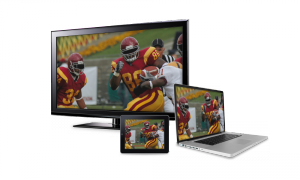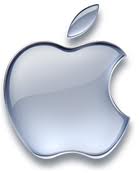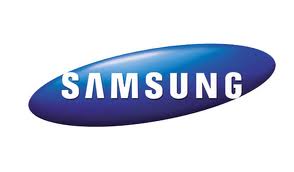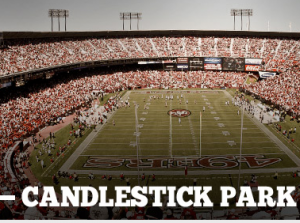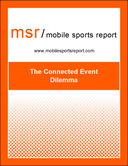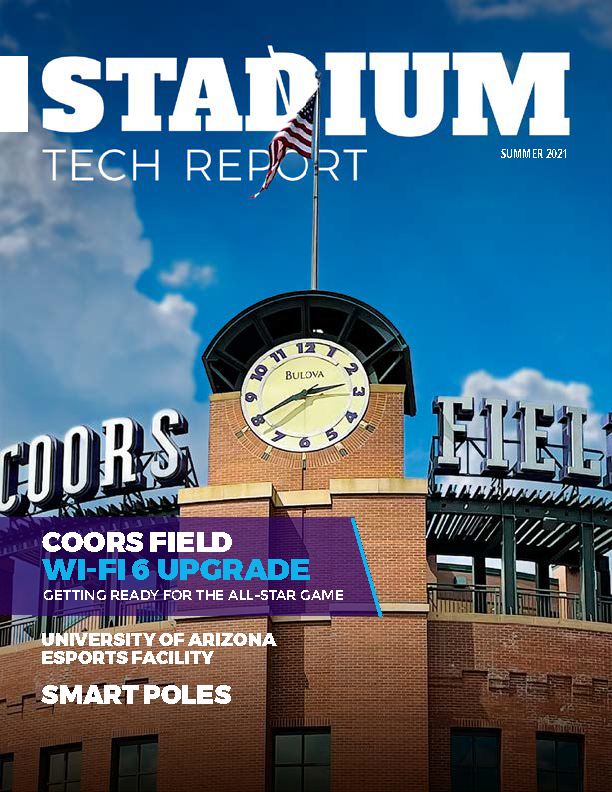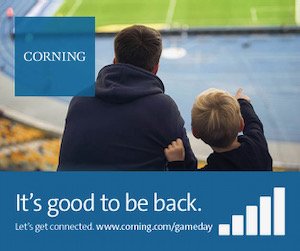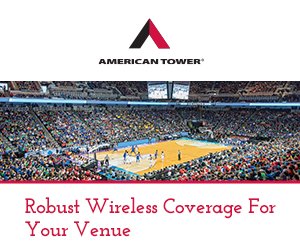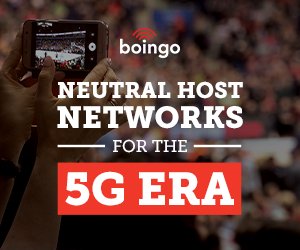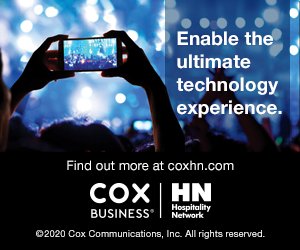The Pac-12 via its Pac-12 Networks continues to move to enhance its presence in the digital world and with partner Ooyala has now delivered an iPad app that will enable fans to watch both live and video on demand games (VOD).
The app, Pac-12 Now for iPad, is one of the first efforts from the recently formed Pac-12 Networks, an organization that is designed to bring both broadcast and streaming sports and entertainment to fans, in conjunction with its partner Ooyala. Pac-12 Now for iPad is available in the iTunes Store and on Pac-12.com.
Ooyala developed what it calls a graphic interactive program guide (IPG) that enables users to customize the app to meet their individual preferences. It allows a user to prioritize both sports and teams during setup and has a chat feature so that fans can share comments and thoughts when viewing live action via Facebook and Twitter feeds that are enabled next to the video feed so that you do not have to switch to a different app while viewing.
Going forward the IPG will also feature the ability to alert users to events that are currently live and inform them on issues such as games that are tied, close or near the final moments as well as provide social feedback via a social graph that you can ac
cess.
The two plan on continuing to expand the technology so that users with PCs, tablets and smartphones will be able to watch games when not in front of a television or to use it as a second screen, watching two events at the same time. Android is the next platformed targeted and it should be out soon.
The goal is to broadcast 850 live and VOD sporting events over the year as well analysis and commentary, statistics, press conferences, documentaries and other content. By connecting it directly to social media such as Facebook and Twitter it enables a degree of participation for fans that a simple broadcast would not allow.
Aside from the IPG Ooyala also provided what it calls a Stat Server. The Stat Server automatically imports sports stats and timecode data from third parties and tags that with live and VOD content. This enables users to search by stats or event tags and allows the information to be displayed at the proper time when an event is being viewed, regardless if it is live or VOD. The authentication is designed to make it easy to view content across multiple connected devices.
It is very interesting to look at all of the ways in which colleges are reaching out to fans and getting both sports and academic advancements out to alumni and fans. Recently the ACC added YouTube to its digital network. The Big Ten Network has already expanded out to digital devices and recently added Android support.
This is just great for fans, not just mobile ones but also fans of multiple teams or sports-they can now watch a game on a mobile device while also catching a different one on the TV or a computer, enabling them to easily stay abreast with events in areas that interest them.
